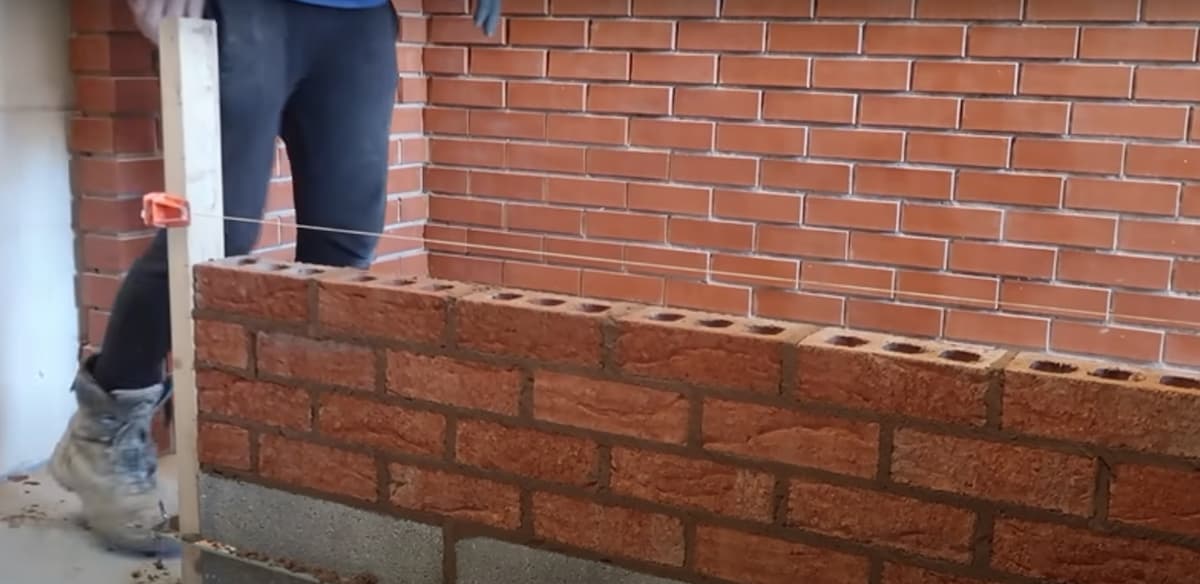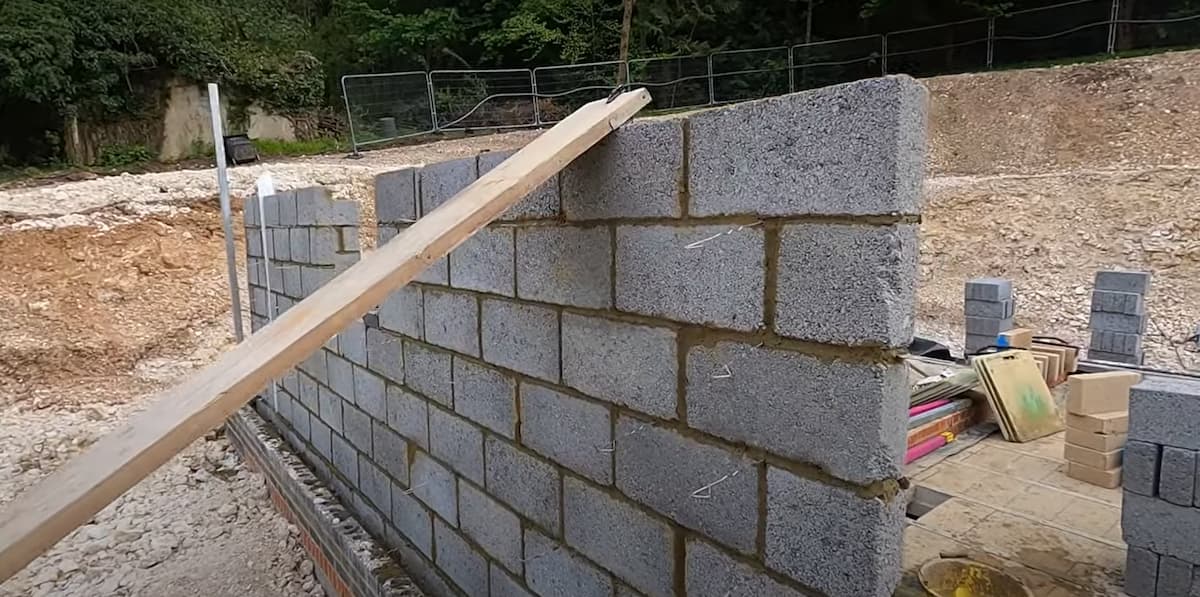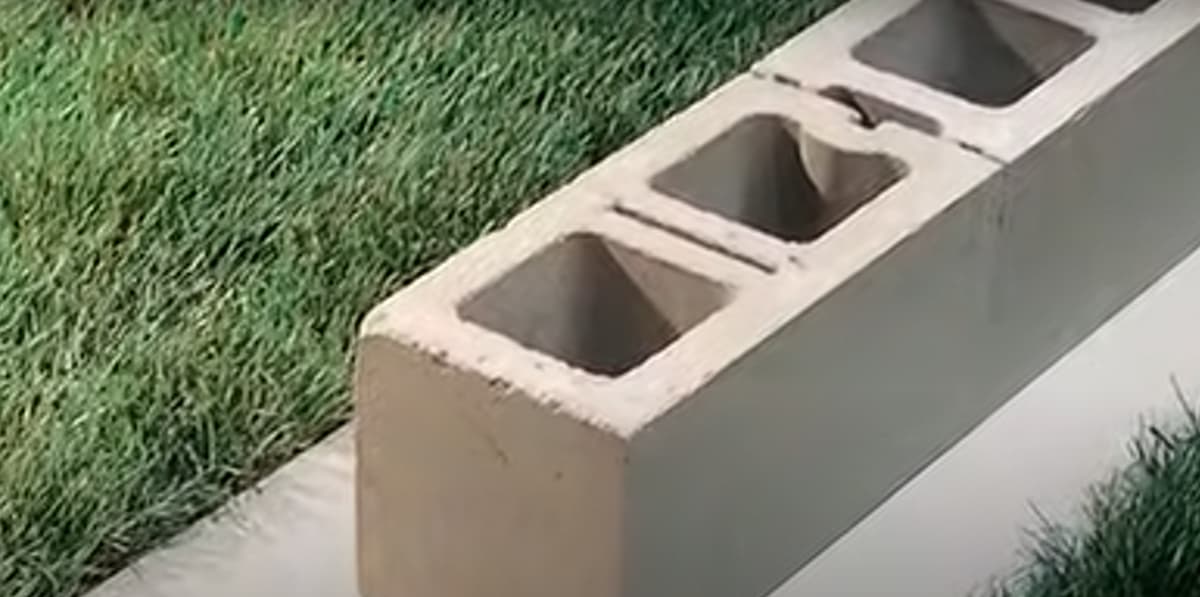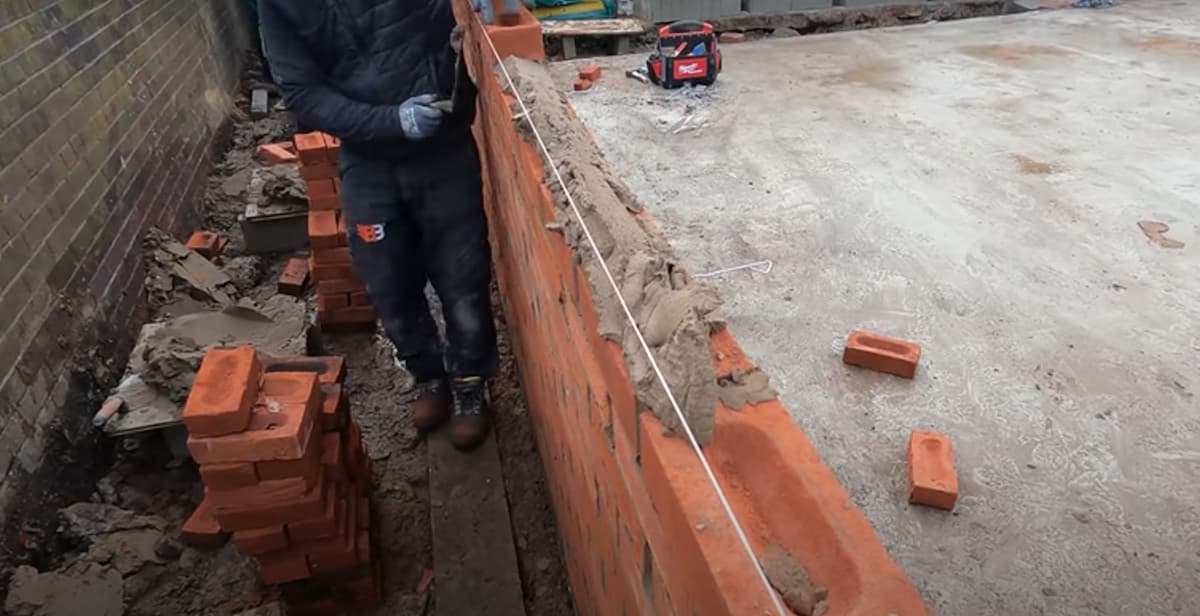
The use of brick and weatherboard in domestic housing has been a hot topic in Australia for decades. So what is the difference between the two and which is best for different types of homes? Here we take an objective look.
Brick is made by firing clay to more than 1000°C in a kiln until it becomes inflexible, then cut into blocks with wire or other apparatus. This causes shrinkage and cracking that you’ll almost certainly see after time, but that’s part of the charm of giving your house some personality. Durable and long-lasting, brick provides excellent insulation from cold, heat and sound transfer. It’s also fire resistant and can be laid in a load-bearing capacity as the walls of your home.
Brick Homes
Brick homes have been popular since colonial times, particularly with those who value tradition and heritage. In those days it was quick to dry out on site which led to fewer problems with warping or cracking. The main downfall today is that bricks are expensive, heavy, require special tools for cutting and laying, especially if you’re going to use them as load-bearing and they’ll draw moisture from the air during cold weather. If this moisture freezes it can cause frost heave which is very damaging.
Weatherboard Homes
When we look at weatherboards, these are narrow boards typically 15cm wide and 300cm long that are laid horizontally on the exterior of the home. They’re usually made from softwood (pine or cypress) but can be manufactured in other ways, like using treated pine. It looks like wood but it’s actually compressed sawdust mixed with waterproof glue and painted with an antirust agent to help protect it from the elements.
Weatherboard has several major drawbacks, it’s not durable, rapidly absorbs water during rainstorms and is susceptible to deterioration as a result of heat loss as well as insect invasion. In addition, they require regular maintenance as mould spots often appear over time due to moisture build-up between the cracks of individual pieces.
What is Cladding?
Cladding is the term given to the material used for covering your home’s exterior, examples of cladding materials include brick, weatherboard and insulated brick. There are a number of reasons you may choose one cladding type over another, price, durability and maintenance all play a role in your decision.
There are many things to consider when choosing between brick or weatherboard house cladding.
Weatherboard vs Brick Pros and Cons
So here are the big points to consider when choosing either brick veneer or timber weatherboards for your home.
Brick Pros
- Aesthetically pleasing
- Fire-resistant
- Durable
Brick Cons
- Expensive to buy and install
- Heavy
- Can be difficult or time-consuming to cut and lay on-site, may require special tools for laying as a load-bearing wall.
Weatherboard Pros
- Not expensive to buy and install
- Quick-drying, thus decreasing the risk of warping and cracking
Weatherboard Cons
- Not aesthetically pleasing
- Heavy
- Can be difficult to cut if require straight lines on-site
- Water-resistant but requires regular maintenance with painting or stains to prevent mould spots
- Not fire-resistant
So there you have some of the main things to consider before making your choice between brick or weatherboard when building your new home. While timber weatherboards may be cheaper and easier to fit, it’s less durable than brick and requires regular maintenance to maintain its appearance for the long term. If you’re after something that may add value to your property, look at investing in a beautiful heritage brick veneer home.
Weatherboard vs Brick House
Before you go out and buy your bricks for the exterior there are other factors to consider, especially if you want to build a weatherboard home versus a brick weatherboard home.
If you’re after an iconic Australian style, like Victorian or Federation then the brick is the way to go with its traditional red colour that epitomises ‘colonial’. For more modern styles including contemporary and modern, weatherboard is the way to go as it captures that light-filled open-plan look that makes such a huge difference in terms of space and airflow.
Another thing to consider is your climate, if you live somewhere particularly cold or where winters are harsh and you need optimal insulation then a weatherboard could be your choice, however, if you live somewhere warm and summers can get very humid then brick could cause condensation issues.
On the other hand, if you want the best of both worlds, better insulation than standard weatherboard but also good airflow like traditional brick houses, then opt for an insulated brick. This may reduce any potential moisture issues that may arise from higher humidity levels while maintaining the durability of a traditional brick home.
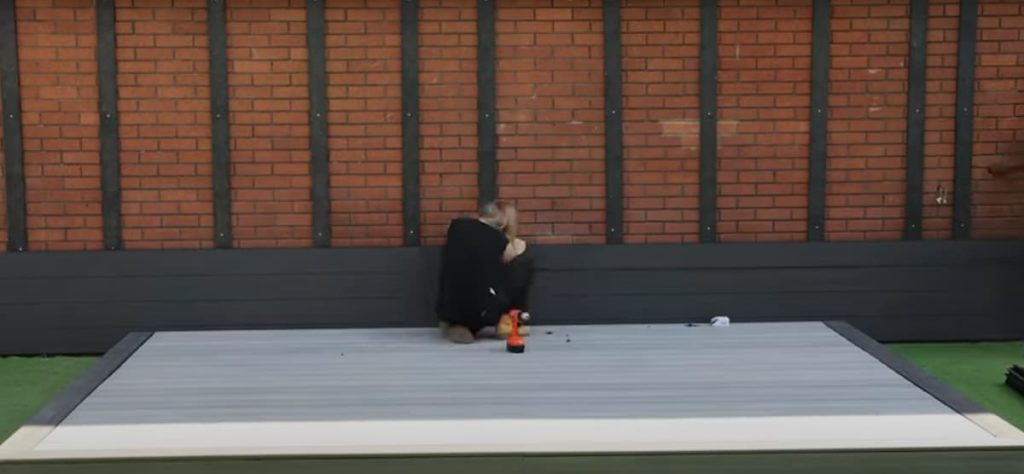
Brick vs Weatherboard Advantages and Disadvantages
If you want a beautiful iconic Australian home, brick is the way to go with its traditional red colour. For more modern styles including contemporary and modern, weatherboard is the way to go as it captures that light-filled open-plan look that makes such a huge difference in terms of space and airflow.
Weatherboard houses are more suited to a cooler location and colder climates as they’re lighter and therefore less effective at insulating against heat loss. However, if you live somewhere hot with high humidity levels then brick could cause condensation issues.
Brick is aesthetically pleasing, fire resistant and durable however it’s heavy and requires special tools for laying as a load-bearing wall which can be difficult or time-consuming.
Weatherboard houses are not aesthetically pleasing in comparison to brick, it’s heavy and requires special tools for laying as a load-bearing wall which can be difficult or time-consuming. However, it doesn’t cost much to install and quick drying reduces the risk of warping and cracking.
How to Deal with Termites?
If you’re new to Australia and renting your new home it’s important that you learn about termite control, particularly if they are common in your area.
It is highly advisable to pick a house with treated timber especially when looking at weatherboard homes. A termite treatment may cost anywhere from $1,000 to $2,000, however, this needs to be done every 10 years or so depending on the termites’ activity level in your area of residency.
You can also opt for a non-treated house but this may need regular maintenance with painting or staining which may not last long depending on how often you plan on repainting, however, there are no treatments available for brick houses.
Maintenance Weatherboard vs Brick
If you’re looking for something that may add value to your property, look at investing in a beautiful heritage brick house. Bricks are aesthetically pleasing while retaining the benefits of insulated homes like weatherboard houses, however, it is important to maintain them with regular repointing and cleaning.
If you want to give your dwelling or commercial business an aesthetic facelift or upgrade then replacing old bricks may be ideal.
As mentioned above, bricks are aesthetically pleasing while still being durable if well maintained. However, if only one or two bricks have fallen off this can easily be fixed by re-laying without having to replace the entire exterior wall especially considering the price of bricks. Maintenance costs vary depending on where you live.
Weatherboard houses on the other hand require more maintenance with painting or staining which may not last long depending on how often you plan on repainting. If your new home is going to be a family heirloom then a weatherboard house might suit this better.
Both options have their benefits and disadvantages when it comes to maintaining them over time however if they are well maintained they can add significant value to your property especially in terms of capital growth.
Conclusion – Weatherboard Cladding or Bricks
If you’re looking for something that may add value to your property, look at investing in a beautiful heritage brick home. Bricks are aesthetically pleasing while retaining the benefits of insulated homes like weatherboard houses, however, it is important to maintain them with regular repointing and cleaning. Pick a building material that best suits your needs and always consider all the pros and cons.


